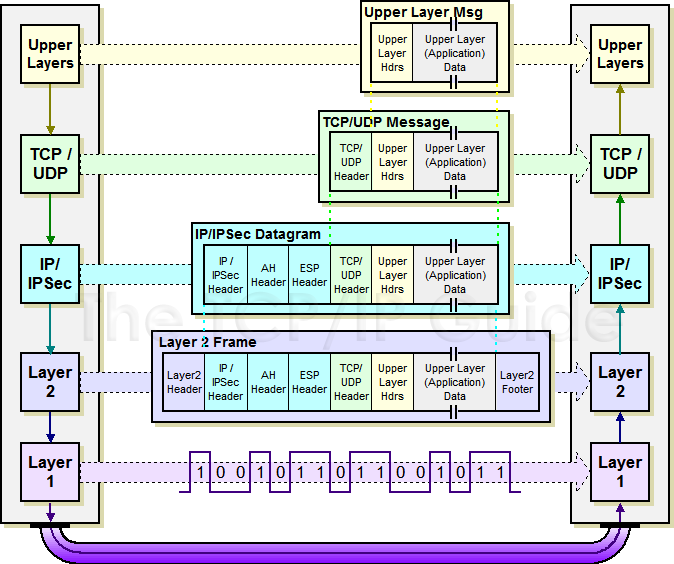 |
|
Please Whitelist This Site?
I know everyone hates ads. But please understand that I am providing premium content for free that takes hundreds of hours of time to research and write. I don't want to go to a pay-only model like some sites, but when more and more people block ads, I end up working for free. And I have a family to support, just like you. :)
If you like The TCP/IP Guide, please consider the download version. It's priced very economically and you can read all of it in a convenient format without ads.
If you want to use this site for free, I'd be grateful if you could add the site to the whitelist for Adblock. To do so, just open the Adblock menu and select "Disable on tcpipguide.com". Or go to the Tools menu and select "Adblock Plus Preferences...". Then click "Add Filter..." at the bottom, and add this string: "@@||tcpipguide.com^$document". Then just click OK.
Thanks for your understanding!
Sincerely, Charles Kozierok
Author and Publisher, The TCP/IP Guide
|
|
|

Custom Search
|
IPSec Modes: Transport and Tunnel
(Page 2 of 4)
Transport Mode
As its name suggests, in transport mode, the protocol protects the message passed down to IP from the transport layer. The message is processed by AH/ESP and the appropriate header(s) added in front of the transport (UDP or TCP) header. The IP header is then added in front of that by IP.
Another way of looking at this is as follows. Normally the transport layer packages data for transmission and sends it to IP. From IP's perspective, this transport layer message is the payload of the IP datagram. When IPSec is used in transport mode, the IPSec header is applied only over this IP payload, not the IP header. The AH and/or ESP headers appears between the original, single IP header and the IP payload. This is illustrated in Figure 119.
|
|
| |||||||||||||||||||
Home - Table Of Contents - Contact Us
The TCP/IP Guide (http://www.TCPIPGuide.com)
Version 3.0 - Version Date: September 20, 2005
© Copyright 2001-2005 Charles M. Kozierok. All Rights Reserved.
Not responsible for any loss resulting from the use of this site.







